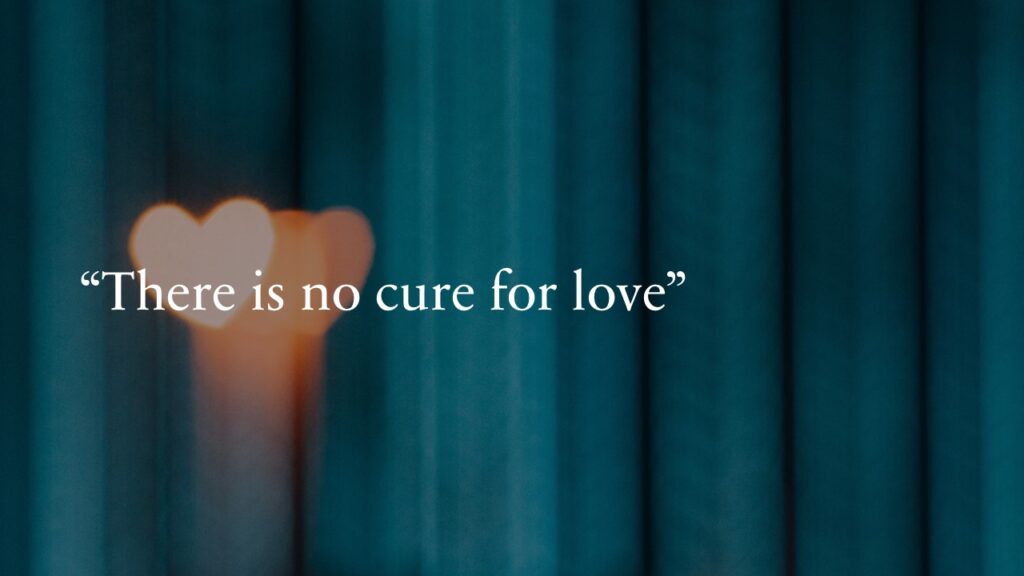Love and sex are closely intertwined in the Western culture of love as well as across many cultures, especially in societies with simple tribal cultures (Karandashev, 2017, 2019). So, scholars generally assumed that sex and sexual intercourse were the primary experiences and expressions of love in Bedouin culture (Wickering, 1997).
The Traditional Conservative Attitudes Toward Sex in Islam and the Arabic World
Some scholars believe that the Middle East and Islam have been one of the most conservative regions in the world when it comes to sexual expression and sexual intercourse. Nevertheless, since ancient times, sexual union has been viewed as necessary for a loving relationship, at least if it is licit. Sex was a need rather than a pleasure. At least publicly, it was the feeling of wanting a child rather than longing for love.
It seems simple to perceive only doom and gloom in the Middle East and North Africa’s sexual scenes, with family preoccupations with female virginity. Most people still believe that the husband should have the final say in family problems, and consider “honour killing” acceptable. However, some journalists believe that talking about sex is no longer as taboo in the Arab world as before (e.g., El Feki, 17 July 2019).
And in modern Bedouin culture, people in urban regions are more willing to talk about sex than those in rural regions.
Bedouin Women and Men Traditionally Limited in Communication
It was only partially true, at least in the reality of love relationships. Traditionally, Bedouin men and women have had few occasions to meet each other alone. Their intergender communication was limited to community events. They saw each other more at tribal gatherings or clandestine encounters. The ways in which they talked about their lovers did not explicitly express sexual desire.
Silent Sexuality in Bedouin Culture
Sexuality in Bedouin cultures has been silent and invisible. Modesty and honor are high moral values. Public discourse on sexuality is not encouraged, and premarital sex is not acknowledged. Therefore, sex research in such societies is very limited. Only partial findings are valid and available in this research field, so our cultural knowledge on the topic of sex relationships is still incomplete (Al-Shdayfat & Green, 2012).
Sex is a topic for hidden and implicit conversations. Sexual desire appears as a straightforward motive and inspiration. However, when men and women talk about their beloved, they express a desire to see each other and to be in physical proximity. Sexual desires and dreams, rather than sexual intercourse itself, are the prominent features of Bedouin love experiences, expressions, and relationships.
Attitudes Toward Premarital Sex in Modern Bedouin Culture
In the Middle East, dating is becoming increasingly popular among younger people. This kind of encounter gives them a way to get to know a prospective partner before marrying them. Culturally, dating is becoming more socially acceptable. Nevertheless, premarital sex remains stigmatized in the minds of some conservative Bedouin people. Among other things, such factors as gender, religiosity, age, cultural, and political attitudes determine the attitudes regarding premarital sex in the Middle East and North Africa.
The religious factor probably plays a central role. The religious books, such as the Bible and the Qur’an, considered extramarital sex evil and punishable by God. In the Qur’an, fornication is referred to as Zina, which is a sin against God (“Ruling on the things that lead to zina”, published on 08-04-2003).
The Ancient Roots of Medieval Arabic and Bedouin Erotic Culture
It is likely that attitudes toward sex, sexual pleasure, and erotic art were different in the artistic expressions, poems, and real lives of people. The Bedouin type of love was probably more of a literary motif than one based on real experience (Myrne, 2017).
For example, the medieval Arabic erotic literature depicted sex, true love, and pleasing the beloved. The early Arabic erotic handbook, “Jawāmi‘ al-ladhdha” (“Encyclopedia of Pleasure”), was likely written in the late 10th century (Myrne, 2017).
It is likely, however, that those old erotic books described the ideal rather than the real practices of laypeople.
An interesting feature of this book, which some scholars highlighted, was
“the central position of the female beloved and her desire, which has to be satisfied for the sake of marital harmony and mutual love.”
(Myrne, 2017, p. 216).
True love was viewed as pleasing the beloved in sex.
What Is ‘ishq?
It is likely that rural and urban views on sex were different, even in those old times. According to an old anecdote, the Arab philologist al-Aṣma‘ī (d. 213/828 or 216/831) once asked a Bedouin how he and his fellows defined the word ‘ishq (“passionate love”).
When al-Aṣma‘ī said that for them, living in Basra town,
“passionate love means parting the legs of the beloved and mounting her.”
The Bedouin man replied,
“For us, passionate love means looking at the beloved and perhaps kissing her.”
This wicked explanation disappointed the Bedouin man, who exclaimed, “You are not a lover (‘āshiq); you only want a child!”
This old anecdote clarifies the topic of sexuality, as early Arabic literary discourse depicted the nature and meaning of love at the time. And the dividing line in this discourse was between the chaste love attached to the pure rural lifestyle of Bedouins and the sexually fulfilled love attached to the urban lifestyle.
One Arab attitude was that physical intimacy was insignificant for true love in a loving couple. Such intimacy can even be destructive. The other Arab attitude was that sexual union is necessary for love, or at least that it is admissible. In this regard, the flourishing genre of erotic literature conveyed most radical ideas. The modern tacit and hidden discourse on these attitudes toward sex in Islam and the Arab world is still inconsistent and contentious.

